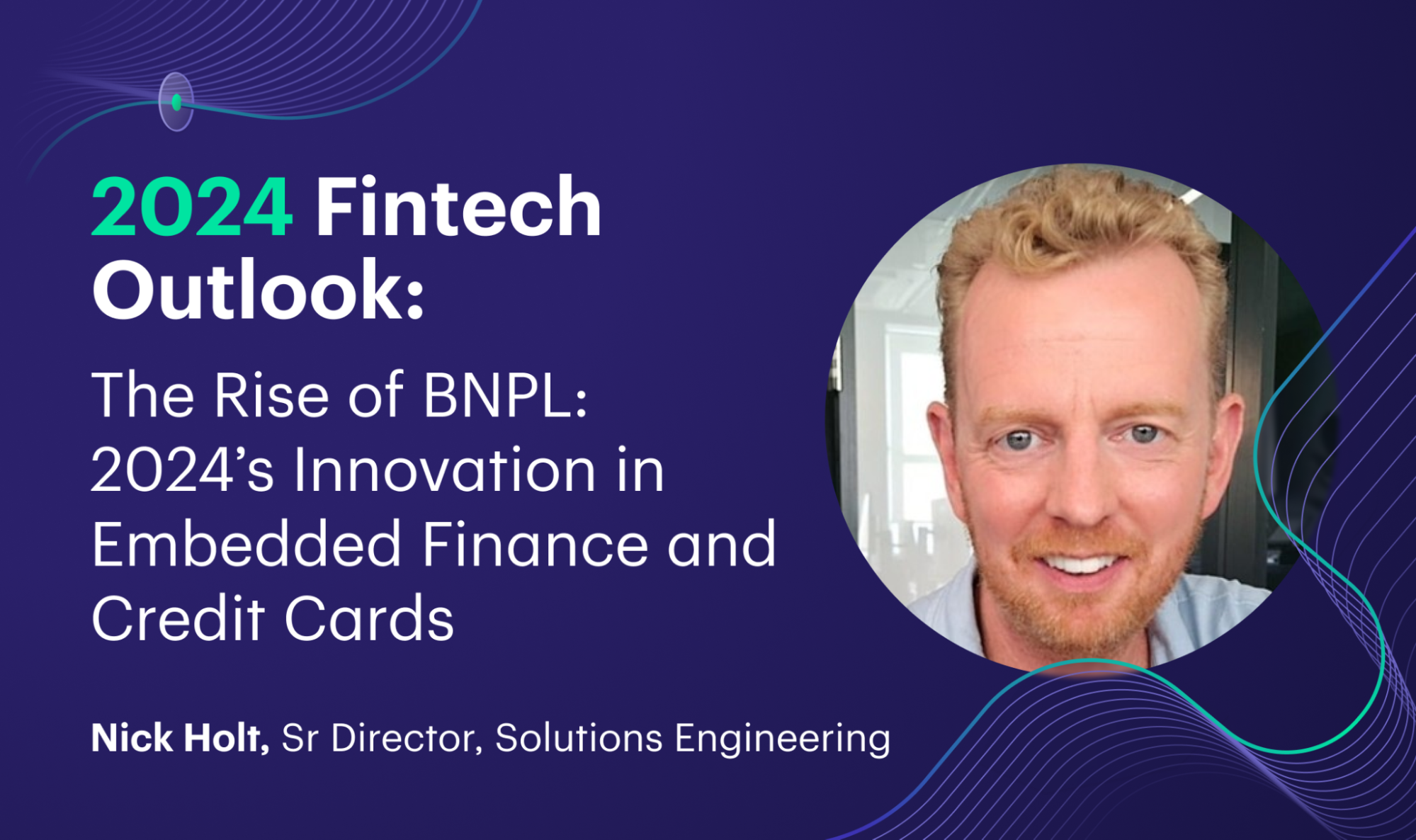Consuming modern banking technology developed by innovators is now a solid means of “jumpstarting digital transformation for organisations, reducing risk and increasing speed to market”.
That was the view of Marqeta API Chronicles livestream panellist Michael Clark during an illuminating discussion on the future of payments. But what kinds of services are enabled by organisations that use the most up-to-date tech and how do we ensure they can be accessed by as many people as possible?
These questions were explored when Michael, VP Global Head of Digital Transformation at Mastercard, was joined by Alloy’s Head of Global Edwina Johnson and Maso Arai, Partner at Ross Republic, for The future of payments: exploring the near and long term opportunities for innovators - hosted by the one and only Elizabeth Lumley, Deputy Editor at The Banker.
How new payment methods are disrupting the banking landscape
Kicking off the conversation with a look at how payments are changing, Maso felt there were two dimensions to payments innovation - business and consumer. Here’s how he thinks things will pan out: “I think we will continue to see more change on the consumer side and fintechs will continue to be active in this space and gain more market share,” Maso said, adding: “On the corporate side I see banks being of huge relevance to entrepreneurs, including smaller medium players. A payment is just one part of cash management, while working capital liquidity management is something that banks are in a good position to support.”
However, Edwina thought the future was going to be “more challenging for banks”, thanks to payment changes being driven by open banking and variable recurring payments. “I think this will fundamentally disrupt the relationship that consumers have with their banks because they're going to be moving payments into other brands,” she predicted.
But for Michael, it was the increasingly granular nature of payments that were causing a shift in the landscape.
He said: “We're starting to see the need for micro and experience-driven payments, because of the sheer frequency of payments that are gonna be happening in the next two to three years. And if we think about payments historically as a human-to-human transaction, we're heading into a place where machines making payments on behalf of people are now part of the circle of payments.”
Michael added that data had become a form of currency, describing how “value now is sometimes not in the payment, but it's what actually you're adding to the payments, that is giving the value”.
He continued: “It’s also about how you can expand the engagement. We think of a payment historically as a transaction that just happens between two parties. But now the question is, ‘how do I create stickiness beyond the payments and keep engaging you after the payment has happened?’ We're starting to see a shift in terms of not just how you pay and the mechanisms you're using to pay, but also the engagement you want to have around the whole payment journey.”
Why cryptocurrency innovation is driving change across the ecosystem
No discussion about the future of payments would be complete without a look at cryptocurrencies. And on this the group was clear that tokenization technology is likely to be permanent and transformative for the entire ecosystem.
Michael was also optimistic about how the so-called crypto winter had accelerated regulatory moves and thought that central bank digital currencies were going to be an important feature of the landscape.
This view was very much supported by Edwina, who said: “I totally agree on the regulation point - I think it’s driving adoption and is needed to give folks trust in cryptocurrency and the feeling of protection, particularly on the fraud side.
“The other two areas that I think can be really important here are access, as it’s still pretty challenging to get access to cryptocurrency for the average consumer. And then the third element is stable coins and kind of seeing something that's a little bit more pegged or regulated, or which has more clear oversight.”
Invisible payments: how embedded finance is removing friction from user journeys
A big theme in payments in 2023 is embedded finance which, the panel agreed, is central to the future landscape.
Maso explained why: “More and more when we talk about payment service providers or retailers, during the whole purchase-to-pay journey, the trend is towards trying to make payments as invisible as possible, because in the end nobody likes to pay but you like to get the product that you want.
“During the coming years whether we talk about embedded payments or embedded finance, like BNPL or save now pay later, it’s all about helping the consumer to reach their desire faster.
“So I see that as being part of the whole customer journey, rather than the payment itself being at the centre of the change that is happening at the end. You want to make that process as smooth as fast as possible from the beginning to the end and one of the shifts that I've seen is people becoming partners of financial institutions and vice versa.”
Michael explained how embedded payments offered an opportunity to enter market “adjacencies”.
“Banks are now exposing their capability to enable startups, even retailers, to offer financial capabilities to their customers. So a whole industry is starting to form around embedded finance, either to jumpstart the companies that actually want to offer finance or as a means for banks to actually create a new revenue line, which is almost banking as a service,” he said.
Michael added that “perfect examples” are the likes of taxi companies or retail environments, which can use embedded payments technology to expand engagement and bring more choice to the consumer.
In terms of the future, he asserted: “Embedded finance is here to stay and for some it will become a revenue line as an offering to enable people to get there, and for others it will be an extension of a journey that allows them to be part of a consumer’s longer term engagement.”
Access to technology means access to modern payments
However, with the evolution of any technology there are advantages and disadvantages. And when it comes to payments innovation, inclusivity is a key consideration of any proposition. On this point the panel was in agreement about the need for tools that boost accessibility in both developed and developing countries.
For Michael, there was much work still to do. “I've always felt it's something that needs to be addressed because there's still a huge percentage of this world that doesn't own a smartphone. I think we've got to be mindful as we start designing and developing standards that we also are catering for people to have full access. So ultimately we can create a sustainable ecosystem.”
Interestingly, a basic smartphone and not a bank account seems to be the overriding prerequisite for accessing modern payment methods, as Maso explained: “Alipay and WeChat Pays are successful in China because they offer a payment system beyond banking. All you need is a QR code and phone. I can see this working more in less developed countries but not necessarily in Europe.”
A fascinating discussion indeed - and there were many more points covered during the livestream. To listen to The future of payments: exploring the near and long term opportunities for innovators in full click here.




